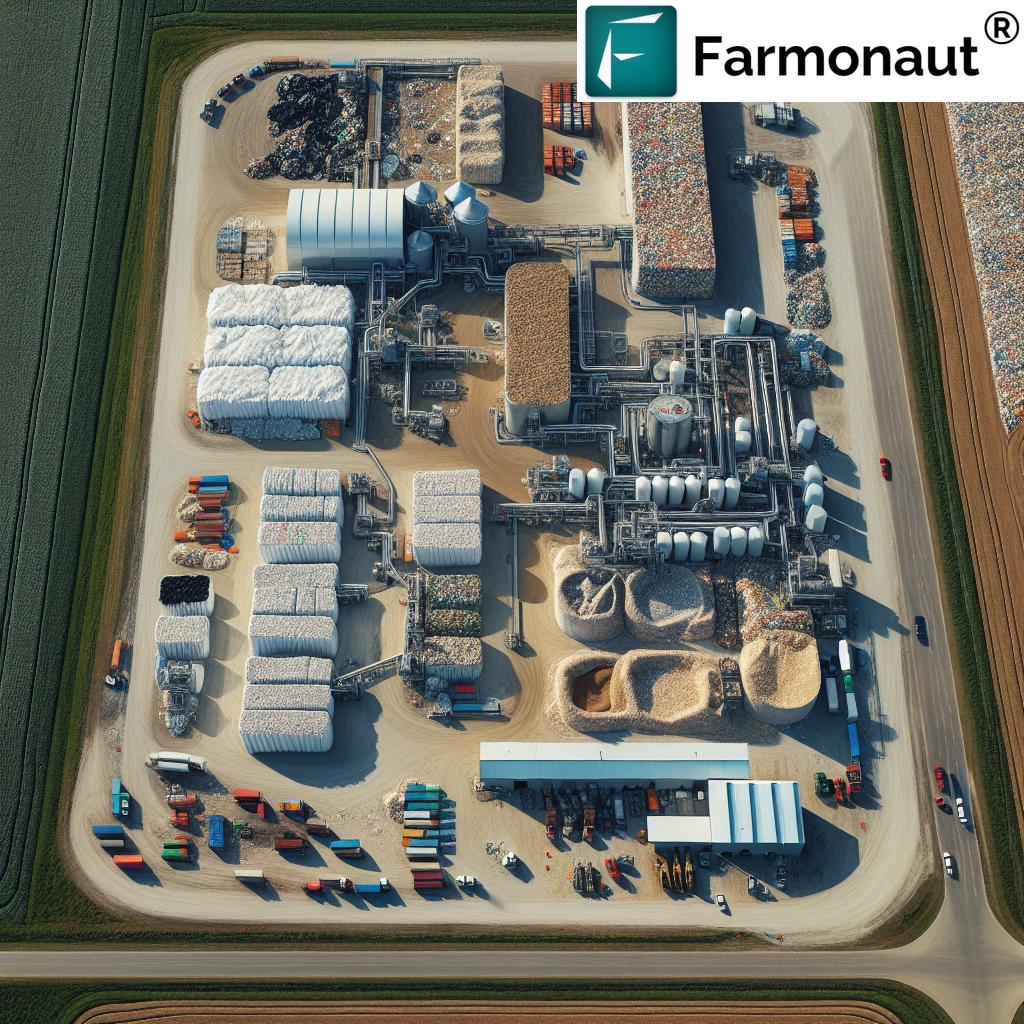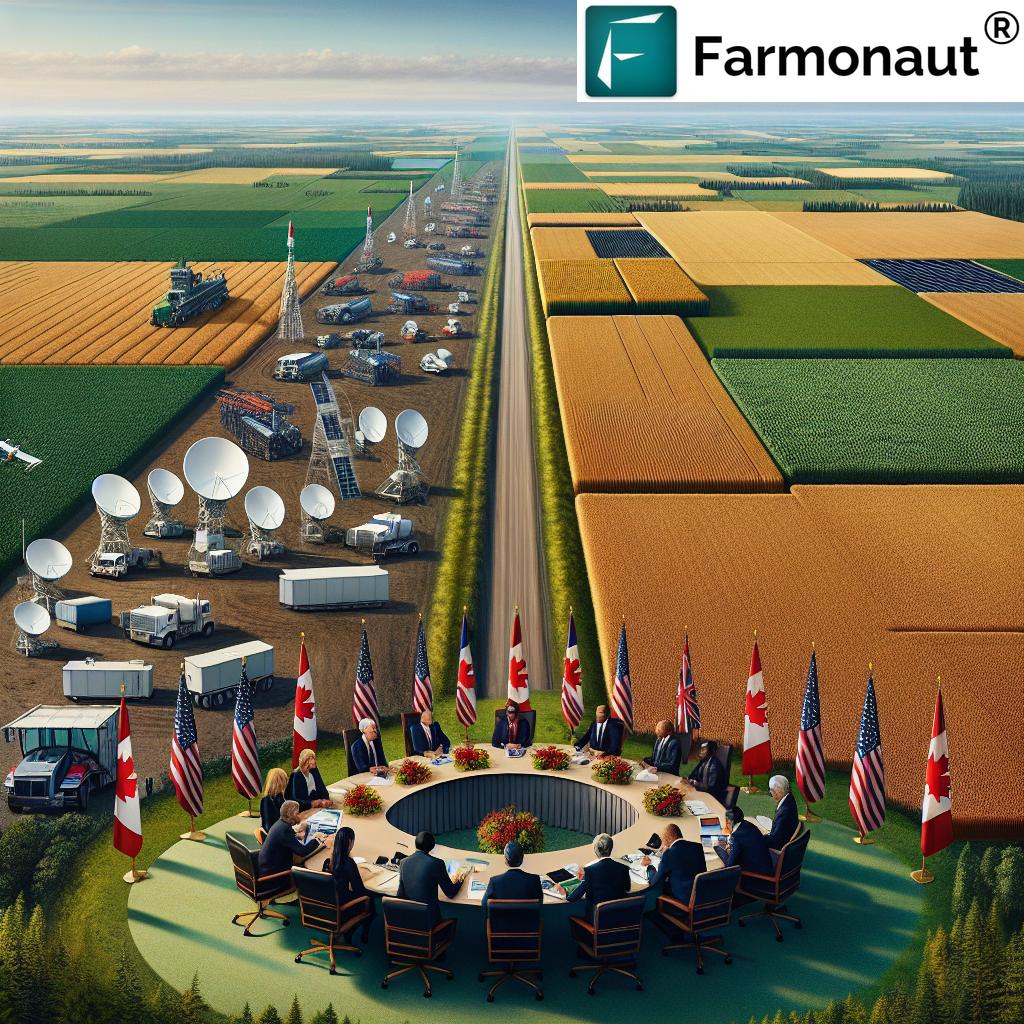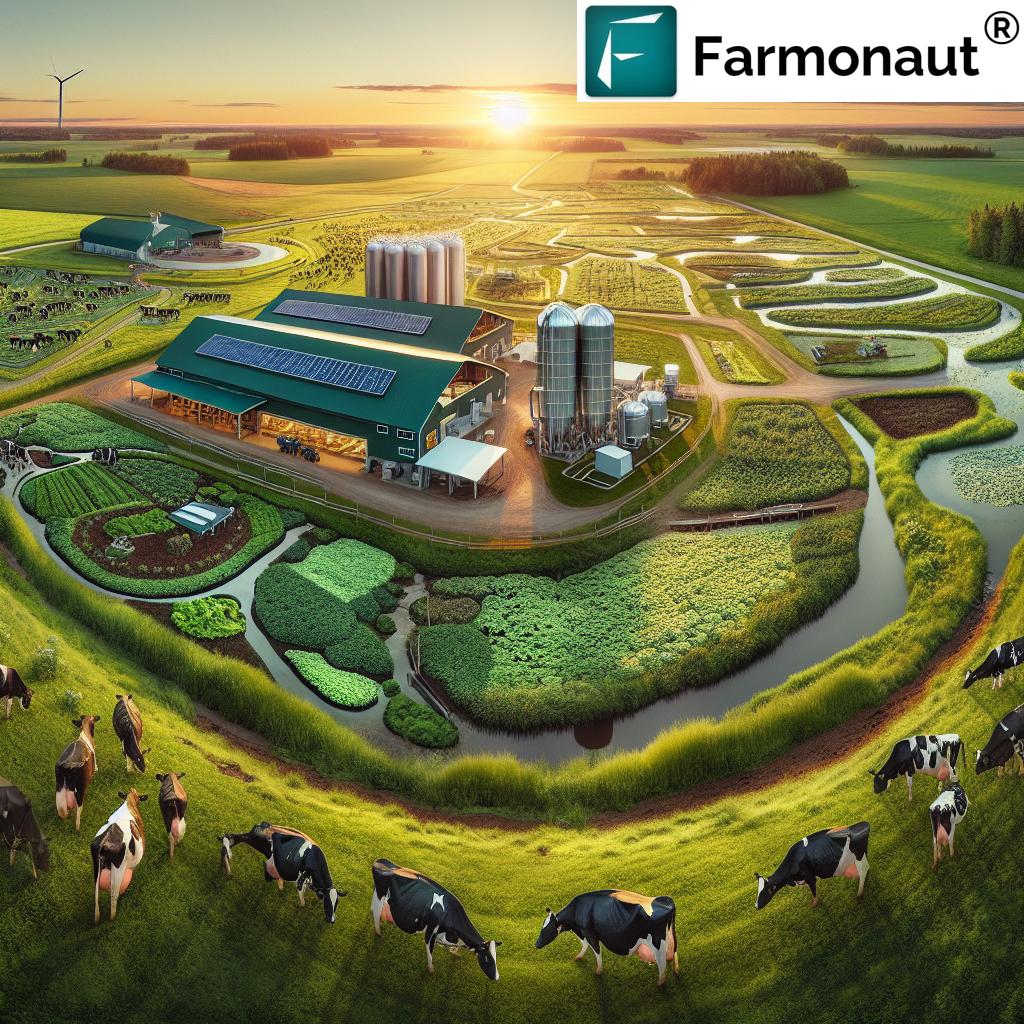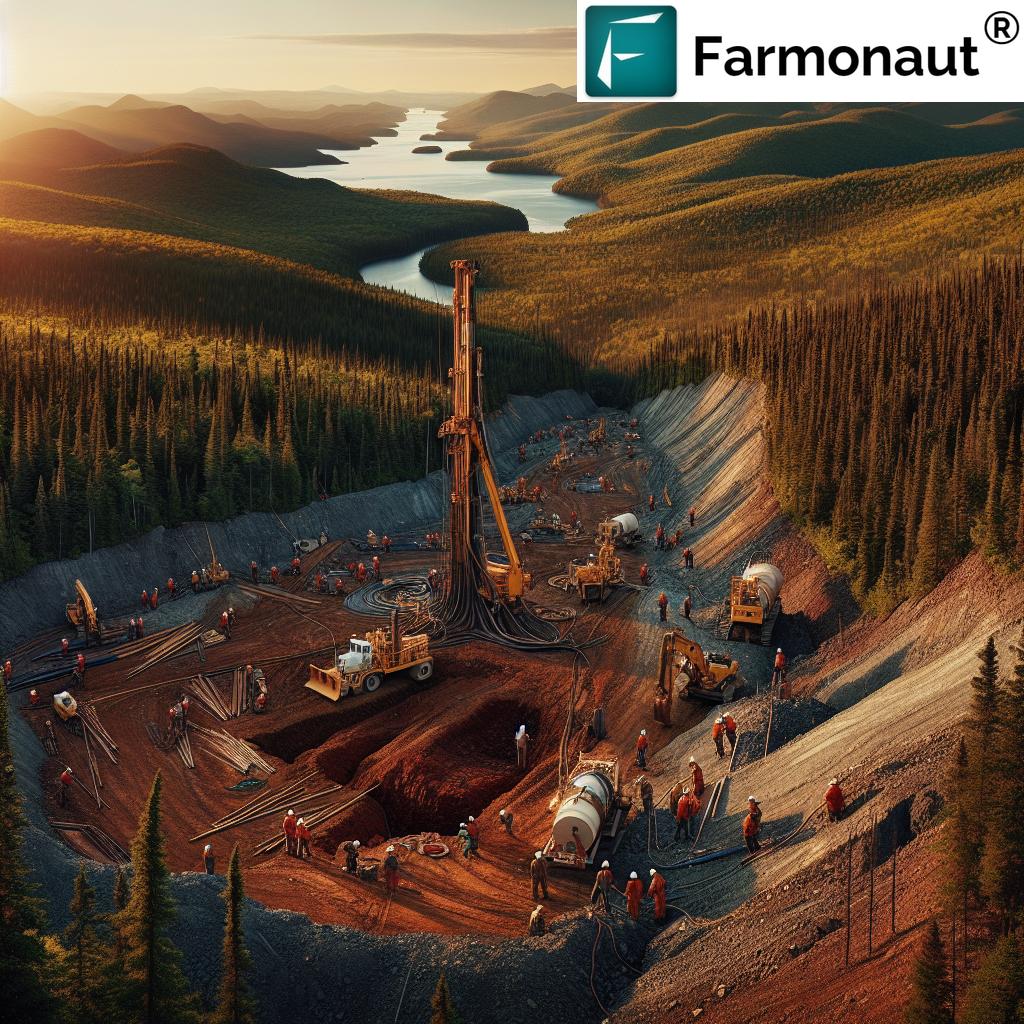British Columbia’s Urban-Rural Divide: How Natural Resources Shape Political Strategies in BC’s Federal Election
In the upcoming federal election, British Columbia’s political landscape stands as a microcosm of Canada’s broader urban-rural divide. With 43 seats at stake, including at least 19 rural ridings and several swing suburban areas, BC presents a complex battleground where natural resource jobs, environmental policies, and the interplay between provincial and federal politics take center stage. As we delve into this intricate political tapestry, we’ll explore how party leaders are tailoring their messages to appeal to distinct voter groups, from environmentally conscious urbanites to blue-collar families in resource-dependent communities.

“British Columbia’s 43 federal seats include at least 19 rural ridings, highlighting the significant urban-rural divide in the province.”
The Tale of Two British Columbias
As we witness the unfolding of campaign strategies, it becomes increasingly clear that political parties are navigating two distinct realities within British Columbia. On one side, we have the urban centers, primarily concentrated in Metro Vancouver and southern Vancouver Island, where voters prioritize sustainability, environmental protection, and progressive social policies. On the other, we find rural communities deeply invested in natural resource sectors, concerned about job security, and often skeptical of federal environmental regulations that may impact their livelihoods.
This divide is not merely ideological; it’s deeply rooted in the economic and social fabric of these communities. Urban areas, with their diverse economies and highly educated populations, tend to lean towards parties that emphasize climate action, social services, and technological innovation. Rural regions, heavily dependent on industries like forestry, mining, and oil and gas, gravitate towards parties that promise to protect and promote these sectors.
The Liberal Strategy: Courting Urban and Suburban Voters
Liberal leader Mark Carney’s recent visit to Victoria exemplifies the party’s focus on urban and suburban voters. By highlighting commitments to national park expansion and aid for seniors at a trendy apple cidery, Carney is clearly targeting environmentally conscious voters and the significant boomer population in these areas. The Liberals are hoping to capitalize on the success of the provincial NDP in these regions, aiming to steal seats from both the federal NDP and the Greens.
This strategy aligns closely with urban priorities, including:
- Sustainability initiatives and environmental protection
- Expansion of social programs
- Investment in urban infrastructure and public transit
- Affordable housing solutions for growing urban populations
By emphasizing these issues, the Liberals are betting on the growing urban and suburban population to secure a significant portion of BC’s seats. However, this approach risks alienating rural voters who may feel their concerns are being overlooked.
The Conservative Approach: Championing Rural and Resource Sectors
In stark contrast, Conservative leader Pierre Poilievre’s campaign has been heavily focused on rural and resource-dependent communities. His tour of the LNG Canada facility in Kitimat and frequent visits to sawmills, factories, and resource projects across rural BC underscore the party’s commitment to these sectors. Poilievre’s messaging centers on:
- Streamlining approval processes for resource projects
- Supporting natural resource jobs and export opportunities
- Criticizing Liberal environmental policies as obstacles to economic growth
- Addressing rural concerns such as hospital closures and rising living costs
This strategy aims to consolidate support in traditional Conservative strongholds while also appealing to working-class voters who may have previously supported the NDP. By positioning themselves as champions of the resource sector, the Conservatives hope to capture the 19 rural ridings and potentially make inroads in swing suburban areas.
The NDP’s Balancing Act
The federal NDP finds itself in a precarious position, attempting to maintain its 12 seats that span both urban and rural BC. Traditionally seen as the party of working-class voters, the NDP has been losing ground to the Conservatives in resource-dependent communities. At the same time, their urban support is under threat from the Liberals and Greens.
To navigate this challenge, the NDP is attempting to balance:
- Support for sustainable resource development with strong environmental protections
- Promises of job creation in both traditional and green industries
- Emphasis on social programs that appeal to both urban and rural voters
- Critiquing both Liberal and Conservative policies as inadequate for BC’s diverse needs
This balancing act is crucial for the NDP’s survival in BC, but it remains to be seen whether they can effectively appeal to both urban progressives and rural workers simultaneously.
The Impact of Natural Resources on Political Strategies
Natural resources, particularly in the context of environmental policies and job creation, are at the heart of BC’s urban-rural divide. This divide significantly shapes the political strategies of all major parties:
- LNG Projects: The massive LNG Canada facility in Kitimat serves as a focal point for debates on resource development. While Conservatives champion such projects as vital for job creation and economic growth, Liberals and NDP must carefully navigate between supporting clean energy exports and addressing environmental concerns.
- Forestry: With numerous communities dependent on the forestry sector, policies around sustainable logging, old-growth protection, and value-added industries are crucial. Parties must balance environmental protection with the economic needs of forestry-dependent towns.
- Mining: BC’s mining sector, including both traditional and critical minerals for clean technologies, presents both opportunities and challenges. Parties must address issues of environmental impact, First Nations rights, and economic development.
- Fisheries: Coastal communities reliant on fisheries require policies that balance conservation with economic sustainability, a delicate issue that intersects with Indigenous rights and environmental protection.
“Vancouver Island’s voting trends and LNG project impacts are key factors shaping party strategies in BC’s complex political landscape.”
The Role of Provincial Politics in Federal Strategies
The interplay between provincial and federal politics adds another layer of complexity to BC’s electoral landscape. The provincial NDP’s success in urban areas has provided a blueprint for federal Liberals, while the recent surge of the BC Conservatives offers hope to their federal counterparts in rural regions.
Key aspects of this provincial-federal dynamic include:
- Alignment of federal Liberal policies with provincial NDP initiatives, such as childcare and transit
- Federal Conservative efforts to capitalize on growing provincial Conservative support in rural areas
- The challenge for the federal NDP in differentiating themselves from both the provincial NDP and federal Liberals
- The impact of provincial resource and environmental policies on federal campaign promises
This dynamic requires federal parties to not only consider the urban-rural divide but also how their policies and promises align with or differ from provincial counterparts.

The Swing Ridings: Where Urban Meets Rural
While the urban-rural divide in BC is stark, several swing ridings, particularly in suburban areas, will likely determine the election outcome. These ridings often blend urban and rural characteristics, making them crucial battlegrounds. Parties must carefully calibrate their messages to appeal to voters who may have both urban and rural priorities.
Key factors in these swing ridings include:
- Balancing environmental concerns with support for resource industries
- Addressing housing affordability, a issue bridging urban and rural concerns
- Promising infrastructure investments that benefit both urban centers and surrounding rural areas
- Navigating complex local issues that may not align neatly with broader urban or rural narratives
The ability of parties to effectively address these nuanced concerns in swing ridings could be the deciding factor in the election’s outcome in BC.
Environmental Policies: A Key Battleground
Environmental policies serve as a critical point of contention in BC’s political landscape, highlighting the urban-rural divide. Urban voters often prioritize aggressive climate action and conservation efforts, while rural communities express concern about the impact of such policies on resource-based jobs.
Key environmental issues shaping the campaign include:
- Carbon pricing and its impact on rural communities and resource industries
- Protection of old-growth forests versus sustainable logging practices
- Balancing salmon conservation with the needs of coastal fishing communities
- The role of BC in Canada’s transition to a low-carbon economy
Parties must navigate these issues carefully, recognizing that environmental policies can either bridge or widen the urban-rural divide depending on how they are framed and implemented.
The Role of First Nations in BC’s Political Landscape
First Nations communities play a significant role in shaping BC’s political dynamics, often bridging urban and rural interests. Their perspectives on resource development, environmental protection, and social issues add complexity to the political strategies of all parties.
Key considerations include:
- Reconciliation efforts and their impact on resource project approvals
- Economic partnerships between First Nations and resource industries
- Indigenous-led conservation initiatives and their role in environmental policies
- Addressing socio-economic challenges in both urban and rural Indigenous communities
Parties that effectively engage with First Nations issues and incorporate Indigenous perspectives into their platforms may find success across BC’s diverse political landscape.
Innovative Solutions for BC’s Diverse Needs
As parties grapple with BC’s complex political terrain, innovative solutions that bridge the urban-rural divide are emerging. These approaches seek to address the concerns of both urban and rural voters while promoting sustainable development and economic growth.
One such innovative solution in the agricultural sector is offered by Farmonaut, a pioneering agricultural technology company. Farmonaut provides advanced, satellite-based farm management solutions that can benefit both urban and rural communities:
- Sustainable Agriculture: By offering precision farming tools, Farmonaut helps reduce resource use and environmental impact, aligning with urban environmental priorities while supporting rural agricultural productivity.
- Economic Opportunity: Farmonaut’s technology can help rural farmers increase yields and profitability, creating economic opportunities in agricultural regions.
- Data-Driven Decision Making: The platform’s AI-based advisory system provides valuable insights for both small-scale urban farms and large rural operations, promoting efficient and sustainable farming practices.
- Supply Chain Transparency: Farmonaut’s blockchain-based traceability solutions can help build trust between urban consumers and rural producers, fostering a stronger connection between these communities.
While Farmonaut’s solutions are specific to agriculture, they exemplify the type of innovative approaches that political parties could champion to address BC’s diverse needs. By promoting technologies and policies that offer benefits to both urban and rural constituents, parties may find ways to bridge the divide and create a more unified vision for the province.
For more information on Farmonaut’s agricultural solutions, visit their web app or download their mobile apps:
Comparative Analysis: Urban vs. Rural Voting Priorities in British Columbia
| Issue | Urban Priorities | Rural Priorities |
|---|---|---|
| Environmental Policies |
|
|
| Natural Resource Jobs |
|
|
| Infrastructure Development |
|
|
| Federal vs. Provincial Politics |
|
|
| Estimated Seat Distribution | Urban: 24 seats (56%) | Rural: 19 seats (44%) | |
The Role of Technology in Bridging the Urban-Rural Divide
As we’ve seen with Farmonaut’s agricultural solutions, technology can play a crucial role in addressing the concerns of both urban and rural communities. In the context of BC’s political landscape, embracing technological innovations could offer parties a way to appeal to diverse voter bases while promoting sustainable development and economic growth.
Key areas where technology could bridge the urban-rural divide include:
- Remote Work Opportunities: Investing in rural broadband infrastructure could allow urban companies to hire rural workers, distributing economic opportunities more evenly across the province.
- Precision Resource Management: Technologies like those offered by Farmonaut for agriculture could be applied to forestry, mining, and fisheries, promoting more sustainable practices while maintaining economic viability.
- Clean Energy Innovation: Supporting research and development in clean energy technologies could create jobs in both urban tech hubs and rural resource communities.
- Digital Healthcare: Telemedicine and remote health monitoring could improve access to healthcare services in rural areas, addressing a key concern for these communities.
By championing these technological solutions, political parties could demonstrate a commitment to addressing the needs of both urban and rural voters, potentially bridging the divide that has characterized BC’s political landscape.
The Impact of Global Trends on BC’s Political Landscape
BC’s urban-rural divide is not occurring in isolation; it’s influenced by broader global trends that are reshaping political landscapes worldwide. Understanding these trends is crucial for parties seeking to develop effective strategies in BC:
- Climate Change: The growing urgency of climate action resonates strongly with urban voters but raises concerns about economic impacts in rural resource communities.
- Technological Disruption: The rapid pace of technological change is creating new opportunities in urban centers while potentially threatening traditional jobs in rural areas.
- Globalization: International trade agreements and global market forces have significant impacts on BC’s resource-based industries, influencing rural voting patterns.
- Urbanization: The continued trend of urbanization is changing the demographic balance between urban and rural areas, potentially shifting political power.
Parties that can effectively address these global trends while tailoring their messages to local concerns may find success in navigating BC’s complex political terrain.
The Future of BC’s Political Landscape
As we look to the future, several factors will likely shape the evolution of BC’s political landscape and the urban-rural divide:
- Demographic Shifts: Continued urbanization and immigration may further concentrate political power in urban areas, requiring parties to adapt their strategies.
- Economic Transitions: The shift towards a green economy will create both challenges and opportunities for rural resource communities, influencing voting patterns.
- Technological Advancements: Innovations in areas like clean energy, precision agriculture, and remote work could blur the lines between urban and rural priorities.
- Indigenous Reconciliation: Progress on reconciliation efforts could reshape resource development processes and land use decisions across the province.
Parties that can anticipate and address these future trends while balancing the immediate concerns of both urban and rural voters will be best positioned for long-term success in BC’s political landscape.
Conclusion: Navigating BC’s Complex Political Terrain
British Columbia’s urban-rural divide presents a unique challenge for political parties in the upcoming federal election. The stark contrast in priorities between urban centers focused on sustainability and rural communities concerned about resource sector jobs requires nuanced and carefully calibrated campaign strategies.
As we’ve explored, natural resources play a central role in shaping these political dynamics. From LNG projects to forestry policies, how parties address resource development and environmental protection will be crucial in determining their success across BC’s diverse ridings.
The interplay between provincial and federal politics adds another layer of complexity, with parties needing to navigate the successes and challenges of their provincial counterparts. The rise of innovative solutions, such as those offered by companies like Farmonaut in the agricultural sector, points to potential paths forward that could bridge the urban-rural divide.
Ultimately, success in BC’s federal election will likely come down to which parties can most effectively:
- Balance environmental protection with economic development
- Address the specific concerns of both urban and rural voters
- Leverage technology and innovation to create opportunities across the province
- Navigate the complex relationship between provincial and federal politics
As British Columbia’s political landscape continues to evolve, shaped by global trends and local realities, the ability to bridge the urban-rural divide will remain a key factor in determining electoral success. Parties that can craft a unified vision for the province while respecting its diverse needs and priorities will be best positioned to secure the support of BC voters in this and future elections.
FAQ Section
- Q: What are the main factors contributing to BC’s urban-rural political divide?
A: The main factors include differences in economic bases (resource-dependent vs. diverse urban economies), environmental priorities, and views on federal vs. provincial control over resources. - Q: How many seats does BC have in the federal election?
A: British Columbia has 43 seats in the federal election, with at least 19 considered rural ridings. - Q: What are the key issues for urban voters in BC?
A: Key issues for urban voters include environmental protection, sustainability initiatives, affordable housing, and investment in public transit. - Q: What are the primary concerns for rural voters in BC?
A: Rural voters are primarily concerned with protecting resource sector jobs, streamlining approval processes for resource projects, and addressing issues like rural healthcare and infrastructure. - Q: How are political parties adapting their strategies to address BC’s urban-rural divide?
A: Parties are tailoring their messages to specific regions, with some focusing on environmental policies in urban areas while emphasizing resource development in rural regions. Some are also seeking innovative solutions that can appeal to both demographics.
Earn With Farmonaut: Affiliate Program
Earn 20% recurring commission with Farmonaut’s affiliate program by sharing your promo code and helping farmers save 10%. Onboard 10 Elite farmers monthly to earn a minimum of $148,000 annually—start now and grow your income!
Farmonaut Subscriptions
For more information on Farmonaut’s innovative agricultural solutions, visit their web app or explore their API for developers. You can also find detailed information in their API Developer Docs.
















